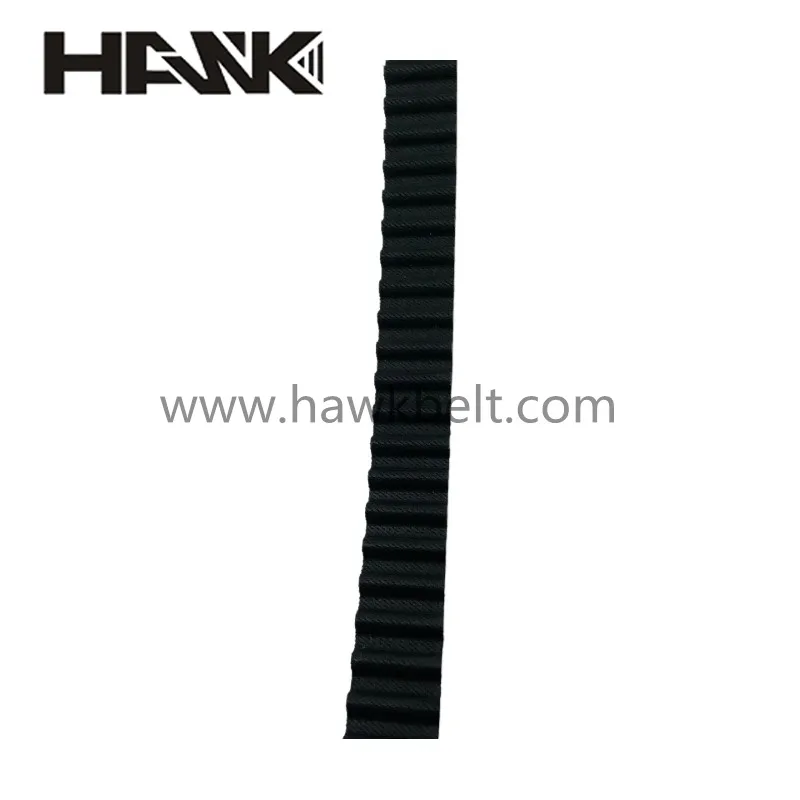- Arabic
- French
- Russian
- Spanish
- Portuguese
- Turkish
- Armenian
- English
- Albanian
- Amharic
- Azerbaijani
- Basque
- Belarusian
- Bengali
- Bosnian
- Bulgarian
- Catalan
- Cebuano
- Corsican
- Croatian
- Czech
- Danish
- Dutch
- Afrikaans
- Esperanto
- Estonian
- Finnish
- Frisian
- Galician
- Georgian
- German
- Greek
- Gujarati
- Haitian Creole
- hausa
- hawaiian
- Hebrew
- Hindi
- Miao
- Hungarian
- Icelandic
- igbo
- Indonesian
- irish
- Italian
- Japanese
- Javanese
- Kannada
- kazakh
- Khmer
- Rwandese
- Korean
- Kurdish
- Kyrgyz
- Lao
- Latin
- Latvian
- Lithuanian
- Luxembourgish
- Macedonian
- Malgashi
- Malay
- Malayalam
- Maltese
- Maori
- Marathi
- Mongolian
- Myanmar
- Nepali
- Norwegian
- Norwegian
- Occitan
- Pashto
- Persian
- Polish
- Punjabi
- Romanian
- Samoan
- Scottish Gaelic
- Serbian
- Sesotho
- Shona
- Sindhi
- Sinhala
- Slovak
- Slovenian
- Somali
- Sundanese
- Swahili
- Swedish
- Tagalog
- Tajik
- Tamil
- Tatar
- Telugu
- Thai
- Turkmen
- Ukrainian
- Urdu
- Uighur
- Uzbek
- Vietnamese
- Welsh
- Bantu
- Yiddish
- Yoruba
- Zulu
Қар . 02, 2024 04:05 Back to list
pk belt\/4pk belt
Understanding PK Belts A Comprehensive Guide
When it comes to the world of machinery and equipment, the importance of reliable power transmission components cannot be understated. One such essential component is the PK belt, commonly referred to in the industry as a 4PK belt. This article will delve into what PK belts are, their applications, and their significance in mechanical systems.
What is a PK Belt?
The term PK belt refers to a specific type of V-belt that is characterized by its thickness and shape. The 4 in 4PK signifies that the belt comprises four ribs. These ribs provide increased surface area for better grip and power transmission compared to conventional belts. The structure of a PK belt allows it to efficiently transfer power from one pulley to another, making it ideal for various applications, particularly in the automotive and industrial sectors.
Design and Structure
PK belts are designed to handle considerable stress and strain. Constructed from durable materials, they often feature a rubber or synthetic rubber composition that enhances flexibility and resistance to wear. The ribbed design ensures that the belt remains securely fitted within the pulleys, reducing the likelihood of slippage and prolonging operational life. The precise dimensions and configurations of 4PK belts are standardized, allowing for easy replacements and maintenance.
Applications of PK Belts
pk belt\/4pk belt

4PK belts have diverse applications, primarily in automotive systems such as engine drives, air conditioning compressors, and power steering pumps. They are also commonly used in industrial machines, conveyor belts, and other heavy-duty applications where efficient power transmission is critical. Their ability to operate under various environmental conditions makes them a preferred choice in many settings.
Benefits of Using PK Belts
One of the most notable advantages of PK belts is their robustness. Due to their multi-ribbed design, they offer greater flexibility, reducing the likelihood of tearing or breaking under load. Additionally, PK belts are known for their low maintenance requirements, which translates to less downtime and reduced operational costs for businesses.
Another significant benefit is their ability to operate quietly, minimizing noise pollution in both industrial and automotive applications. This feature is particularly important in environments where noise levels must be kept to a minimum for safety or comfort reasons.
Conclusion
In summary, 4PK belts, as part of the PK belt family, play a crucial role in ensuring effective power transmission in a multitude of applications. Their sturdy design, versatility, and minimal maintenance make them an excellent choice for industries ranging from automotive to manufacturing. Understanding the importance and functionality of PK belts can lead to informed decisions when selecting components for mechanical systems, ultimately enhancing performance and reliability. Whether you are a professional in the field or a DIY enthusiast, recognizing the value of these belts is essential for maintaining the efficiency of your machinery.
-
Korean Auto Parts Timing Belt 24312-37500 For Hyundai/Kia
NewsMar.07,2025
-
7PK2300 90916-T2024 RIBBED BELT POLY V BELT PK BELT
NewsMar.07,2025
-
Chinese Auto Belt Factory 310-2M-22 For BMW/Mercedes-Benz
NewsMar.07,2025
-
Chinese Auto Belt Factory 310-2M-22 For BMW/Mercedes-Benz
NewsMar.07,2025
-
90916-02660 PK Belt 6PK1680 For Toyota
NewsMar.07,2025
-
drive belt serpentine belt
NewsMar.07,2025

